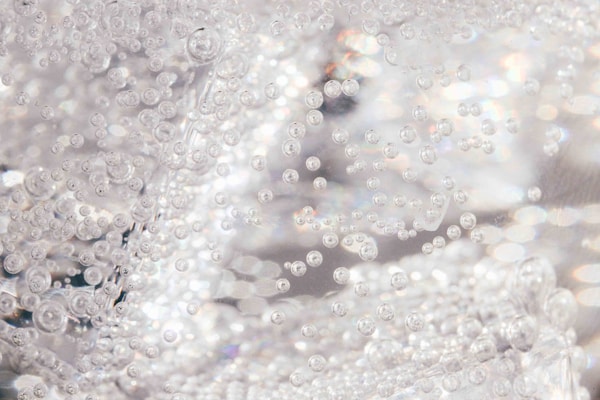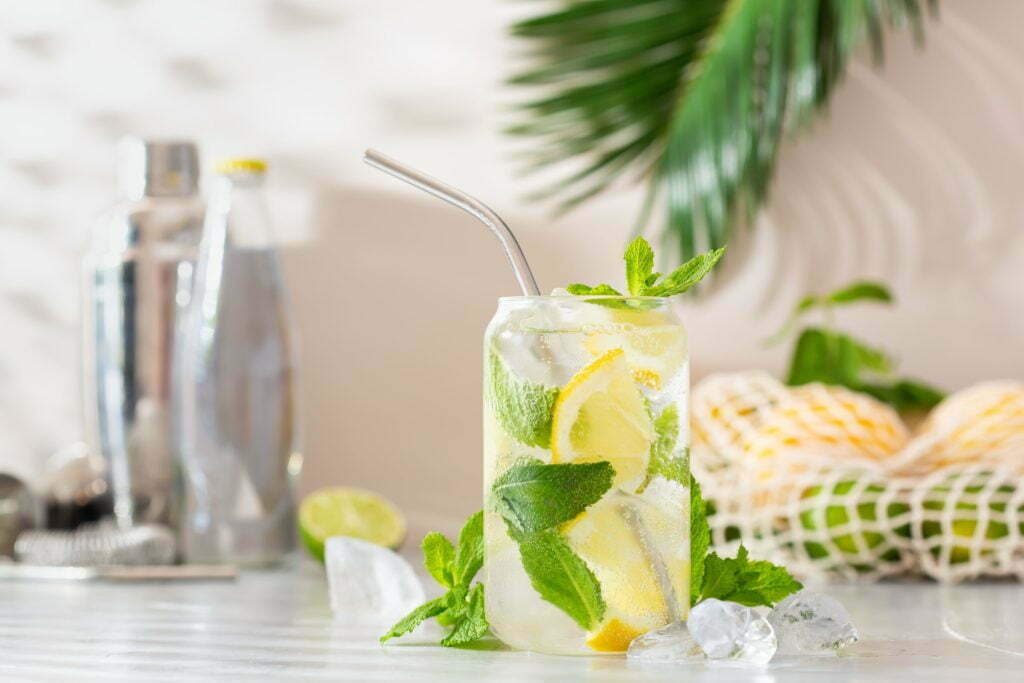As the popularity of hard seltzers soars, it’s important to understand the history of this refreshing beverage. Hard seltzers have been around for centuries, with their origins dating back to Eastern Europe. In the United States, hard seltzers gained popularity in the early 2000s as a low-calorie alternative to beer. Today, hard seltzers are enjoyed by all types of people and are a staple at summer BBQs and pool parties. Keep reading to learn more about the history of hard seltzers.
Selzter and Hard Selzter

The hard seltzer industry has exploded in popularity in recent years, with major brands like White Claw and Truly leading the way. But what is it, and where did it come from?
Hard seltzers are carbonated drinks that are typically made with flavored water, alcohol, and sweeteners. They’re often compared to light beers or sparkling wines, and they’ve been gaining in popularity among health-conscious drinkers as low calorie hard seltzers with less carbs.
The history of seltzers can be traced back to the 1700s when Joseph Priestley accidentally mixed carbon dioxide with water. British brewers started producing a soft drink called “seltzer water.” This drink was made by adding carbon dioxide to still water, which gave it a bubbly texture and refreshing taste.
Seltzer water became popular in the United States in the late 1800s, and several brands started selling it commercially. One of these brands was called White Rock Sparkling Water Company, which is credited with introducing the first bottled hard seltzer in America back in 1919. In the late 1800s and early 1900s, seltzer became especially popular among immigrants who were looking for a way to replicate the carbonated drinks they enjoyed back home.
Hard seltzer developed out of a love for vodka sodas and other carbonated, alcoholic mixed drinks. Companies saw that today’s modern consumer required something different than heavy beers and inaccessible, inconvenient liquors. However, it wasn’t until recently that hard seltzers became a popular drink. The first real hard seltzer brand was made in 1993 by Coors when they introduced Zima. Today the number of hard seltzer brands has expanded from 10 in 2018 to well over 100 in 2021. This explosion in popularity gives thirsty buyers much-needed variety in the marketplace of bubbly spiked drinks.
Early Brands and Varieties
In the early days of hard seltzers, there were only a few brands and varieties to choose from. One of the earliest and most popular brands was White Claw, which launched in 2016. Other early brands included Truly, Smirnoff Ice, Bud Light Lime-A-Ritas, and Mike’s Hard Lemonades. These brands all offered somewhat similar products, with light flavors and low alcohol content.
However, as the hard seltzer market has continued to grow in popularity, more and more new brands have entered the fray. These newer brands often offer unique flavors or higher alcohol content than their predecessors. Some of the newer entrants into the market include Spiked Seltzers (which offers a variety of fruity flavors), Henry’s Hard Sparkling (with higher alcohol content), and Cutwater Spirits Fugu Vodka (with unusual flavor combinations like grapefruit & cucumber).
The Boom Years: A Rising Popularity

The boom years for hard seltzers began in earnest in late 2018 and early 2019. This was when sales of the drink began to skyrocket, with more people becoming interested in the product. This increase can likely be attributed to a few factors. First, hard seltzers are seen as a healthier alternative to other alcoholic drinks, such as beer or sugary cocktails. They typically contain fewer calories and less sugar than those beverages, making them a better choice for people who are looking for lighter options. Additionally, hard seltzers come in a variety of flavors, which makes them more appealing to consumers than traditional beers or liquors.
Hard seltzers have become more popular in recent years, and this trend is likely to continue. Overall, hard seltzers are a refreshing, low-calorie drink that is perfect for summer.






